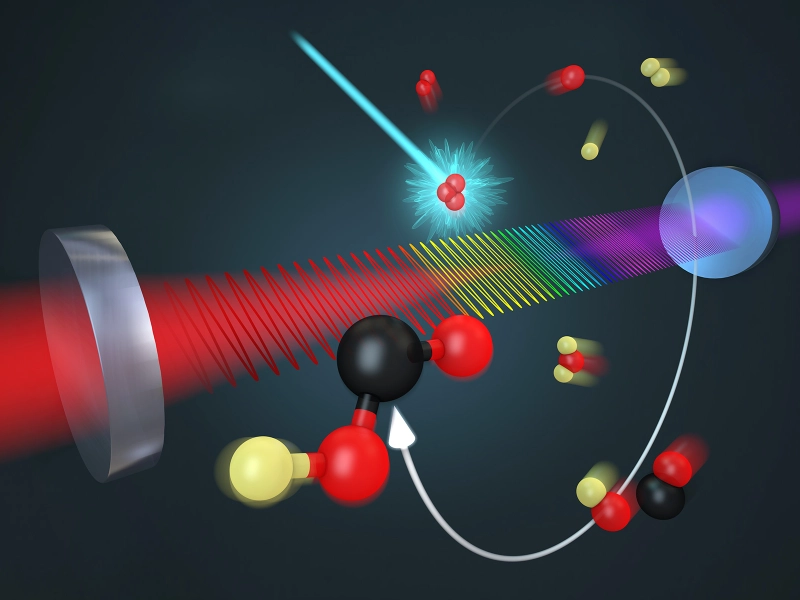15 Cutting-Edge Technologies for Detecting and Researching Ball Lightning: The Hope of Future Science
Advertisement
5. Atmospheric Chemical Analyzers

Advertisement
Complex devices meant to offer real-time, in-situ study of the chemical composition of the air surrounding ball lightning incidents are atmospheric chemical analyzers. Mass spectrometry, gas chromatography, and laser-induced breakdown spectroscopy (LIBS) among other technologies are used by these analyzers to identify and count a variety of chemical species found in the atmosphere. Understanding the development process of the phenomena and its interaction with the surrounding air depends on one being able to quickly evaluate the chemical environment before, during, and after a ball lightning occurrence. Usually installed on mobile platforms or connected into sensor networks, these analyzers provide flexible deployment in locations likely to experience ball lightning. Modern atmospheric chemical analyzers are mostly distinguished by their capacity to identify trace levels of several elements and compounds, including rare earth elements and complex organic chemicals connected with ball lightning. This great sensitivity helps scientists to find chemical fingerprints that might reveal information about the physical processes or energy sources behind ball lightning generation. Some sophisticated systems use artificial intelligence algorithms to spot odd chemical patterns or combinations suggestive of ball lightning activity even in the lack of visual confirmation. This predictive power might greatly raise the possibility of gathering information from these infrequent incidents. From ground level to high altitudes and in many weather circumstances, the analyzers are also built to run in a wide spectrum of atmospheric conditions. Studying ball lightning in several locations and knowing how meteorological circumstances could affect its frequency depend on this adaptability. Moreover, by matching chemical data with other measurements, such spectral imaging and electromagnetic field readings, scientists may create a more complete picture of the intricate mechanisms under action during ball lightning episodes. These analyzers are become smaller and more energy-efficient as technology develops, enabling longer deployment times and integration with a greater spectrum of research platforms—from ground-based stations to high-altitude balloons and satellites.
You May Like
Advertisement

